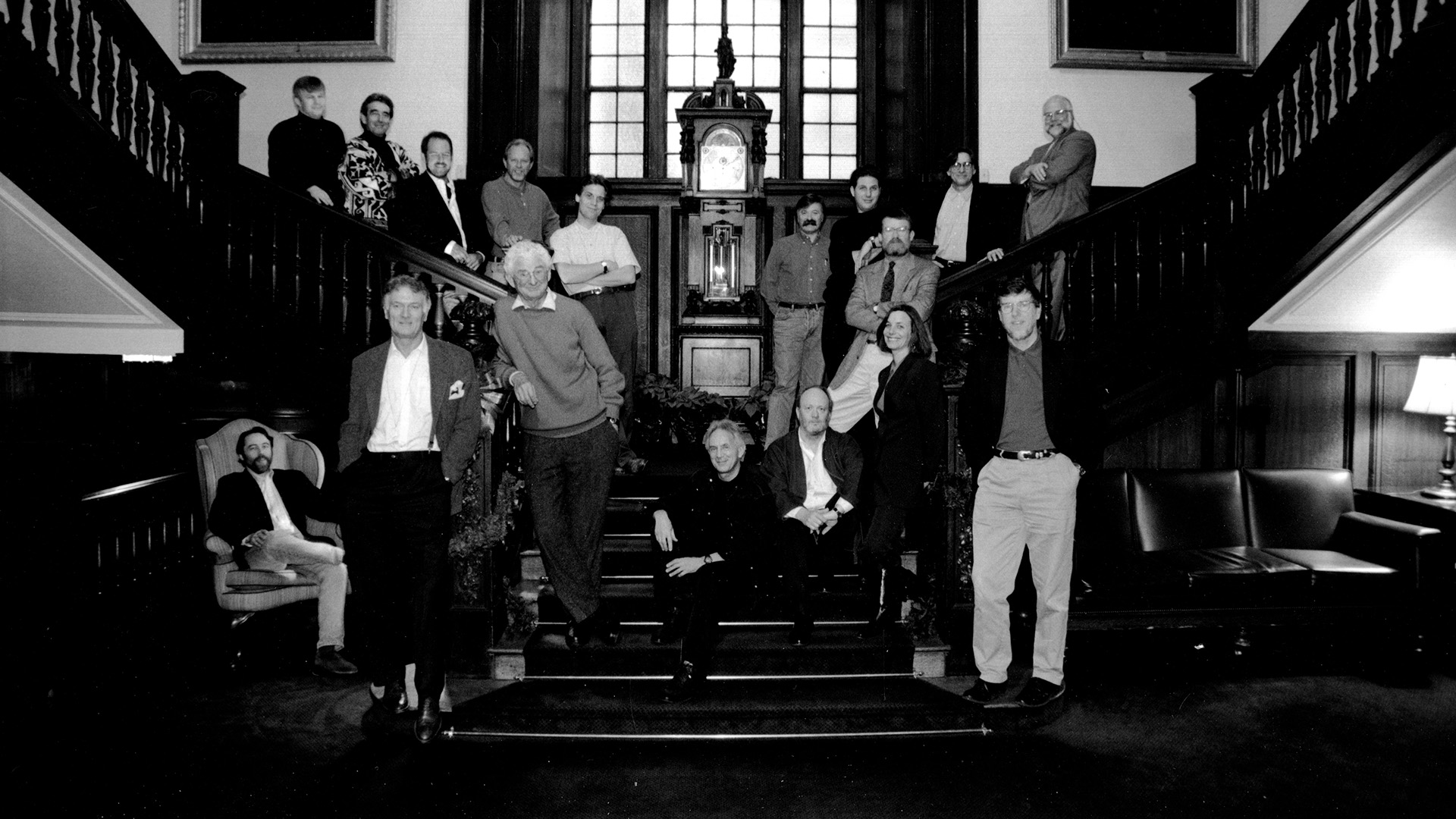Remembering Sir Kenneth Grange

SEGD joins our community in mourning the loss of Sir Kenneth Grange, who passed away on July 21, 2024 at the age of 95. Grange was a celebrated industrial designer whose work spanned scales from beloved household objects like the Anglepoise lamp to the aerodynamics, interior layout and exterior design of the British Rail’s InterCity 125 locomotive. Grange was also a co-founder of Pentagram, who announced Grange’s passing with a moving tribute to the late designer.
Below, hear from two of Sir Kenneth Grange’s former colleagues as they recount the lasting impact that Grange had on their life and work.

Michael Gericke, FSEGD
Partner, Pentagram
I was a young partner at Pentagram and I remember asking Kenneth Grange if he had any advice. He said, “Every object tells a story. Good design ensures it’s a story worth telling.” He made it sound so simple!
Kenneth had a keen eye, was charming, dapper, unflappable, and always extremely quick with a sharp, clever, and amusing insight on almost any topic, including and well beyond design.
When I first joined Pentagram, he showed me his beloved, fully stocked workshop at our London studio, which is still there today. Every tool (and there are hundreds) had its assigned place and was perfectly organized for exploring and shaping almost anything. I so admired that he valued the making of an object as much as its design, knowing they are intrinsically related.
His household products have become a part of everyday English life. Early in his career, he designed the ‘Chef’ food mixer for the appliance maker Kenwood. There’s a great story that he didn’t have time to finish the complete prototype he’d promised to the company’s owner. Ingeniously, to meet the deadline, he built exactly half of it and placed a large mirror flat against its back side. It brilliantly and perfectly reflected the whole design, without needing to make the whole thing.
He designed London’s iconic taxi cab, high-speed trains, cameras, parking meters, razors, ballpoint pens, and even a personal bookshelf, shaped like a human pictogram, that he intended to be his final resting place. He designed everything.
For me, Kenneth has been an essential ingredient in defining Pentagram—that our world of design isn’t limited; it can be for any use or need, be multi-dimensional, and be for everyone.

Lucy Holmes
Founder & Creative Director, Holmes Studio
Kenneth was a household name as I was growing up. So many parts of our everyday life were impacted positively by his design, whether sharpening a pencil, my dad shaving, traveling in a cab or on a train – his work was everywhere. As a junior, fresh out of RISD as a Graphic Design major, my first job was at Pentagram, London. Day 1 I was briefed to be the designer of Kenneth’s product brochure on David Hillman’s team. Utterly terrifying. Kenneth was unbelievably kind and patient, he was funny, generous and sharp. I’m proud to say he went on to be a friend. His tenacity for good design and unrelenting questions have inspired so many designers in his shadow. The below, says it all:
“When industrial designer Kenneth Grange was briefed to develop new express trains for British Rail in the 1970, a seemingly naïve question popped into his head: ‘What exactly are the buffers on a locomotive for?’ Expecting to be told ‘They’re to stop the trains crashing into stations, stupid!’, instead he learnt that they were for shunting carriages – a redundant activity from a bygone era. Liberated from the need to include them, Grange was able to design the streamlined trains that went on to revolutionize rail travel in Britain.”
The photo was taken visiting him in his workshop in Devon. Alexandra Wood and I introduced Kenneth to Moira Gemmill at the V&A. In the weeks before she passed, she had visited Kenneth to talk about his archive joining the V&A Collection. Moira would have loved that that is soon to be a reality.